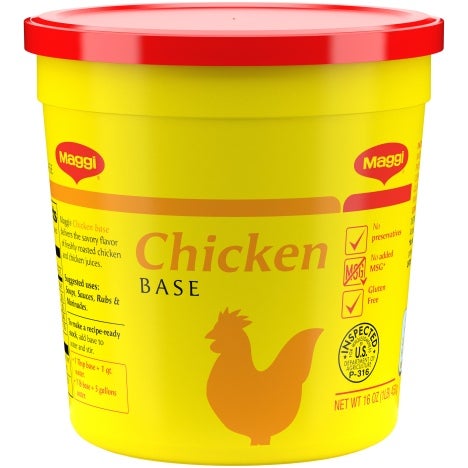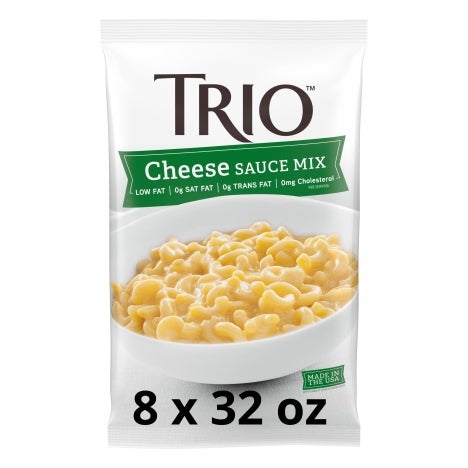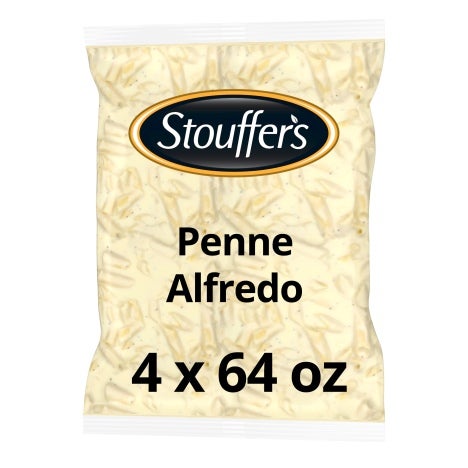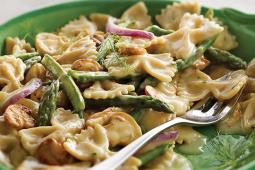
10 Ways to Trim Food Costs
Keeping food costs under control is essential to your success. Here are 10 easy steps you can take today to lower spending.
Vigilance around food cost is always good business, and now more than ever. In 2024, foodservice operators gave “managing food costs” a 90% importance rating for their business.1
The good news is there are many ways to lower food cost. Read on for suggestions to help you make the most of your ingredients.
- Portion Control: Let’s say you sell 200 1/4 lb. burgers per day. If you average an over-portion of just 1/2 oz. per burger one day, that adds up to over 6 lbs. of beef — or 25 burgers. Weights and measures, automation and AI, can help keep portions efficient without increasing labor load.
- Cost Analysis: As costs fluctuate, it can be hard to stay on top of tracking portions and calculating food costs against menu price. But cost analysis is the foundation for all your other math: you’d want to know if your best seller had a high or low profit margin. Consider a food costing calendar or AI assistance.
- Inventory-Management Software: With the ability to provide tracking at the ingredient level, consider leveraging this technology. Connect data you can act on to recipe creation, portioning, food cost, and purchasing tasks.
- Waste Management: Whether it comes from seafood trims, wilted produce, or over-production, wasted food is wasted income. But the fix doesn’t necessarily start with just ordering less. AI tracking and manual recordkeeping of waste can help inform how much to order in the first place.
- Upcycling: Repurposing scraps and leftovers that would otherwise just be waste is a creative, and effective, solution to food waste. Try using vegetable scraps for tasty stocks, and fruit peels for garnishes and drink infusions. You can even use stale bread as breadcrumbs or coatings.
- Balancing the Plate: Plate compositions and serving sizes are variable. Trimming protein and adding grain or produce can make food cost more favorable and even enhance value. Three meatballs instead of four looks pretty enticing with chickpea salad and grilled garlic bread!
- Alt-Protein Options: From heritage pork and filet mignon, to short ribs and chicken wings, proteins can be pricey. After calculating food costs, soften sticker shock with less expensive cuts, like hanger steak instead of rib eye. Also, presentations can highlight luxe ingredients in unexpected ways. Think beef brisket shredded with potato gnocchi and glossed with brisket jus or blue cheese risotto topped with glazed sliced filet.
- Keep Freebies — At Request: Items such as portion-control condiments, sugar packets, and coffee whiteners are convenient value-adds. But they can also get overused or wasted. It may be cost-smart to provide as requested, rather than self-serve. Let patrons know they’re available: they just have to ask!
- Revise Security: Foodservice operations, and especially food stores, can be vulnerable to theft. Most operations face stolen inventory, incorrectly voided meals, and voided checks for friends. To preempt losses, cultivate a positive culture with open communication, and back it up with security measures. Make clear what can be eaten during shifts and let employees know inventory is done regularly. If needed, you can also implement lock-and-key safeguards for costly items, or cameras in certain situations.
- Talk to Your Suppliers: Stay tight and work with suppliers on pricing and specs. They’re invested in the success of customers and can offer workable solutions. And shop around with your food costing calculator to make sure you’re getting the right quality at the right price.
Perhaps above all, the importance of a positive workplace culture can’t be overstated. Get this part right and food cost management can be much easier!
Sources: 1. Datassential PULSE Industry overview: Segment Detail (2024)
The information provided is based on a general industry overview and is not specific to your business operation. Each business is unique, and decisions related to your business should be made after consultation with appropriate experts.








